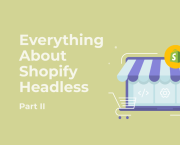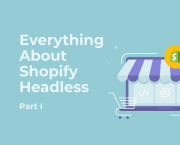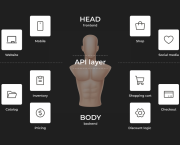
Is Shopify Headless Right for Every Business? A Simple Checklist
 3 min
3 min
Is Shopify Headless Right for Every Business? A Simple Checklist
Shopify Headless offers speed, creative control, and scalability — but that doesn’t mean it’s the right fit for every business.
For some, the traditional Shopify setup works just fine. Jumping into headless too soon can add complexity without real benefit. So how do you decide if it’s the right move?
Here’s a practical checklist to help you figure it out.
When Headless Could Be the Right Fit
You should consider going headless if:
- Your site is slow or underperforming.
A custom-built frontend loads only what’s needed, making pages faster — especially on mobile. That speed can directly impact conversions.
- You’re frustrated by theme limitations.
If you’ve hit the ceiling with what pre-built templates can do, headless gives you complete design freedom — from layout to animations to chec









 English
English
 Français
Français
 Deutsch
Deutsch
 Italiano
Italiano
 Español
Español



 Contribuer
Contribuer












 Tu peux soutenir les auteurs qui te tiennent à coeur
Tu peux soutenir les auteurs qui te tiennent à coeur





